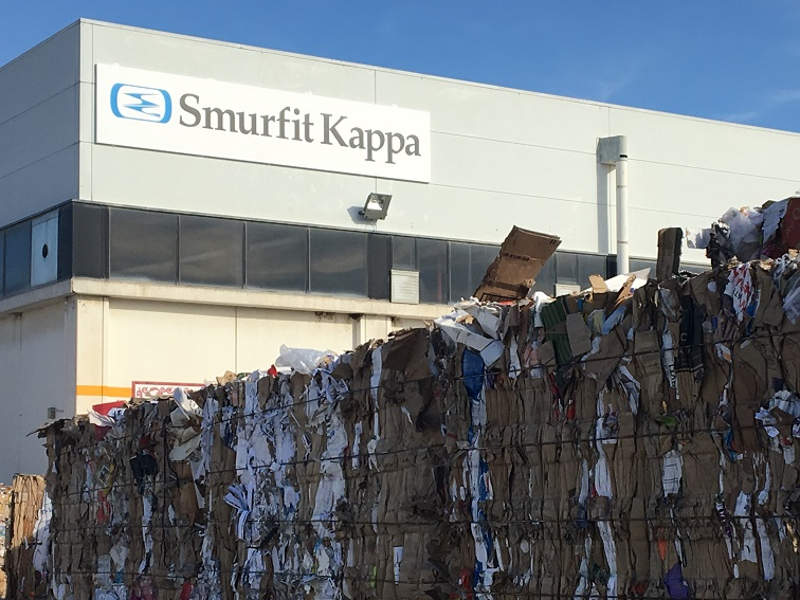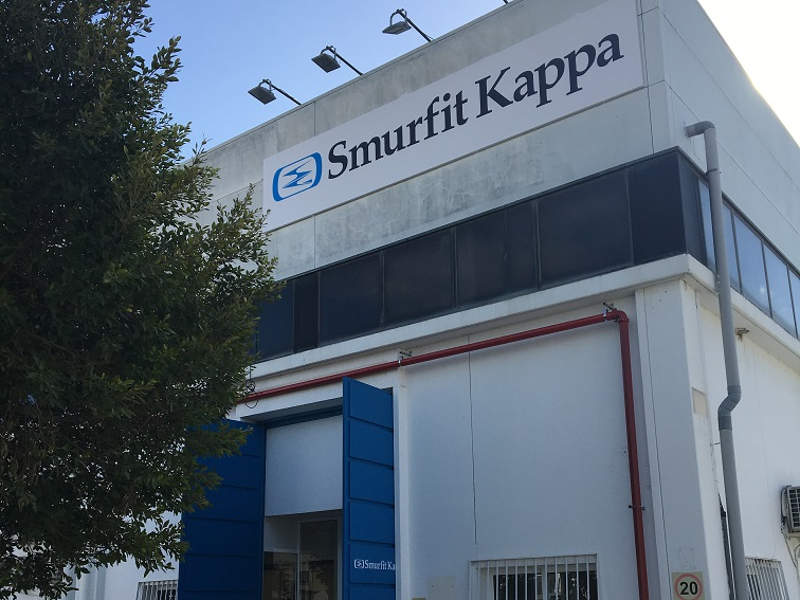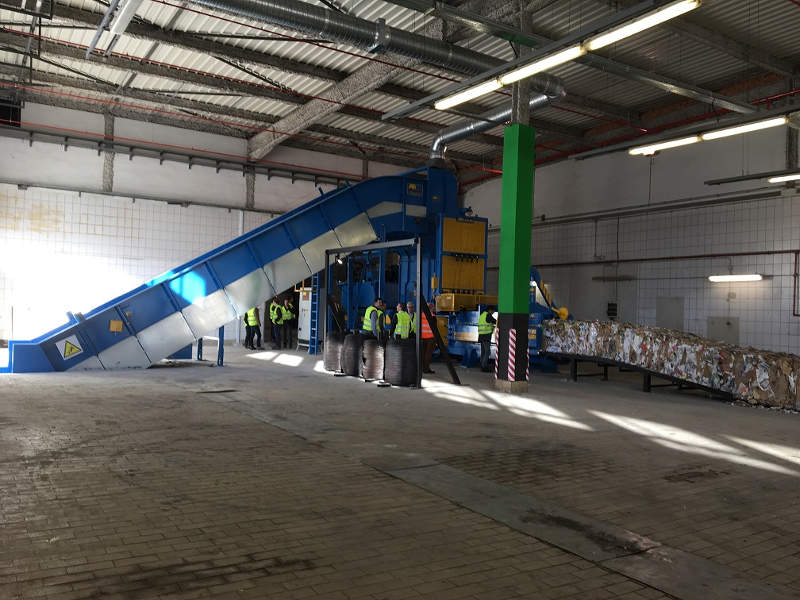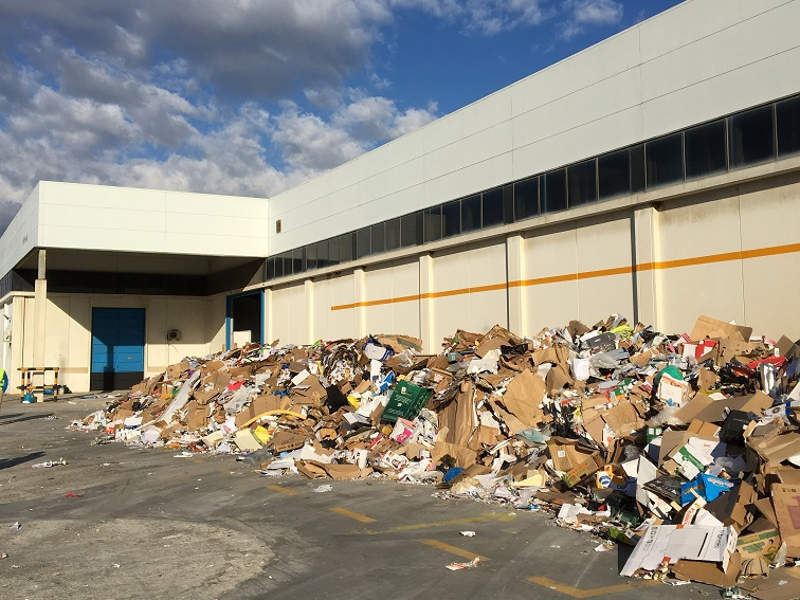Smurfit Kappa Group completed construction of its new paper recycling plant in Malaga, Spain, in January 2018.
Construction of the new plant is part of the company’s plans to expand its global network of recycling plants. With a processing capacity of 30,000t of recovered paper a year, the new recycling plant will strengthen Smurfit Kappa’s recovered paper service in the region.
The new Malaga facility is expected to enable Smurfit Kappa to become a sustainable partner of the Malaga smart city project, which aims to promote sustainable living and use of renewable energy.
The facility will also enable Smurfit Kappa to tap into the growing shift by brand owners and manufacturers towards paper-based packaging solutions. The renewable nature of paper is gaining recognition globally, driving demand for corrugated packaging.
Smurfit Kappa’s Malaga recycling plant details
The new facility includes an area of 5,000m² for treating recovered paper, cardboard and plastic. It is equipped with IMABE IBÉRICA’s 120hp H-120/2000/850 industrial press, which is capable of processing more than 20t of recovered paper an hour. The press can produce bales weighing up to 1,000kg.
The facility is also equipped with two forklifts and a loader to collect the paper and a hook truck for removal of containers.
Smurfit Kappa has purchased two eco-friendly hybrid vehicles, which are operated by three drivers to collect paper and board from households and businesses. Collected paper is sorted at the plant and sent to Smurfit Kappa’s Mengibar containerboard mill in southern Spain.
Recovered paper is converted into board at the mill and used to make new packaging within a period of 14 days, creating a closed loop.
Smurfit Kappa’s Mengíbar paper mill location
The new facility is located in close proximity to the point of consumption, the Méngibar paper mill, which is 200km away.
Méngibar is Smurfit Kappa group’s biggest paper plant in Spain and produces more than 240,000t of paper a year. The paper mill purchases recovered paper from third-party suppliers and uses recycled fibres to make containerboard for corrugated packaging.
Smurfit Kappa’s network of paper mills integrates with the Mengíbar paper mill through a supply chain system to meet the demands of customers. The new recycling plant will enable Smurfit Kappa to reduce the carbon footprint coming from the supply chain to feed the paper plant.
Smurfit Kappa’s Mengíbar paper mill sources paper that contains Confederation of European Paper Industries (CEPI) list of standard grades of recovered paper such as high, kraft, medium, ordinary and special grades for processing.
Marketing commentary on Smurfit Kappa
Headquartered in Dublin, Ireland, Smurfit Kappa designs and manufactures paper-based packaging. The company has its regional headquarters in Paris, France, and Miami, US.
Smurfit Kappa has operations in more than 35 countries, which include 22 countries in Europe and 13 in the Americas. The company supplies corrugated cardboard boxes, cases, cartons, tubes and displays for the food and beverage, consumer goods, paper and packaging industries.
All products produced by the company are 100% renewable and sustainable as it uses natural fibre raw materials to manufacture the packaging products.
Smurfit Kappa employs more than 46,000 people across its 370 production sites and generated revenue of €8.6bn ($10.5bn) in 2017. The company has recently purchased a 12,000m² site in Blackburn, UK, to significantly increase its recycling capabilities in the region.







